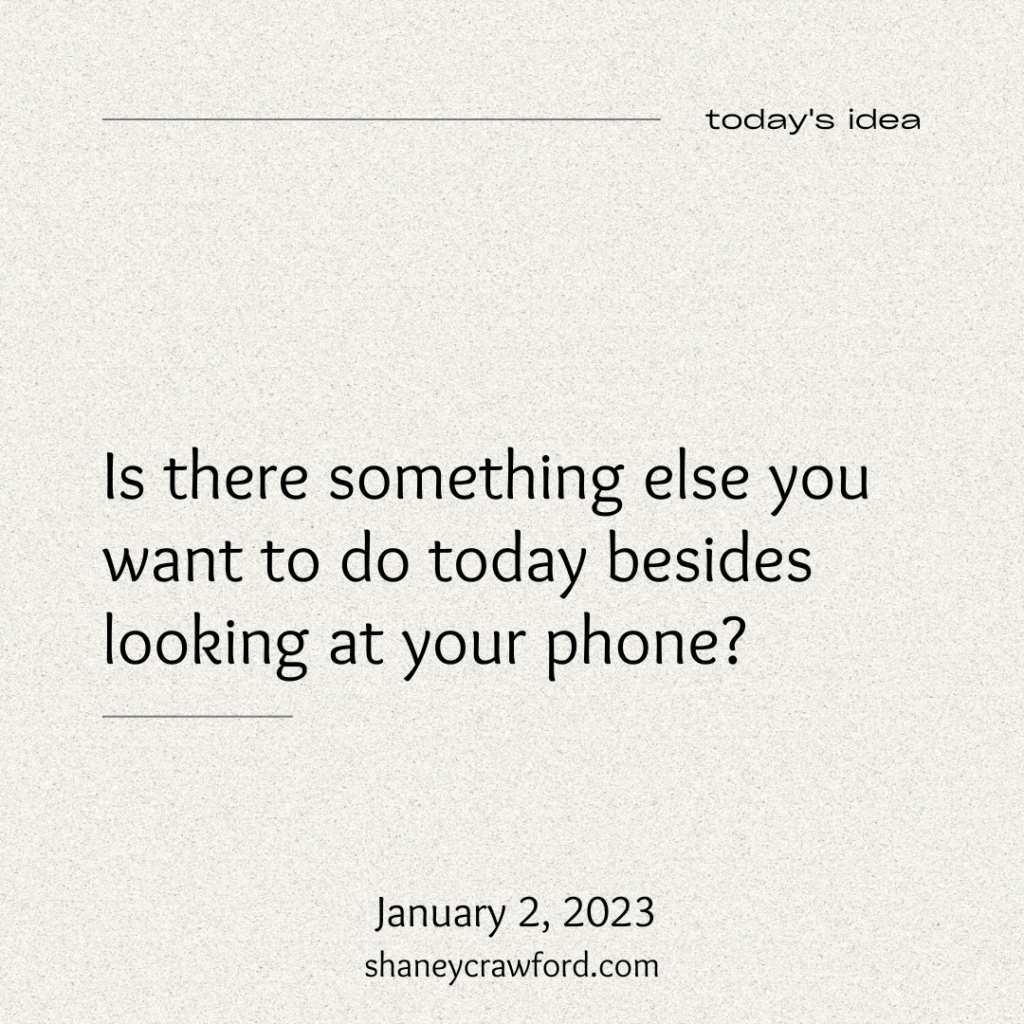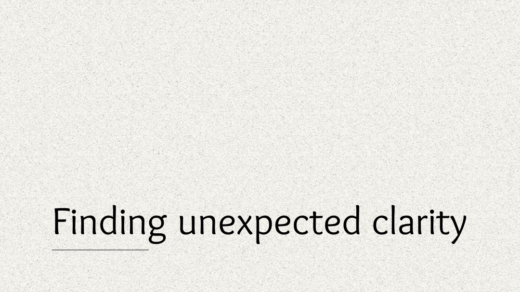A couple of years ago, I decided to divorce my phone. I need to use my phone for many things in my life, so I can’t get rid of it completely, but I have been able to significantly change my relationship with it.
I had tried many different ways to gain some freedom from my phone in the past and not succeeded. For example, I tried to put timers on my apps, put my phone in hard to reach places, reward myself for not being on my phone, etc. These didn’t work. What was missing was the understanding that my behaviour around my phone was not a choice, it was an addiction. Once I understood that point, I realized that I couldn’t fight this particular addiction with tricks.
Instead, I needed to spend some time thinking about what I would rather be doing than wasting hours on my phone. For example, do I want to read more books, learn something new, think about my future, spend more time with my cats, hang out with my friends, do yard work? I can’t actually remember exactly what I decided I would rather be doing, but whatever it was was enough to help me start to break the spell. The key point is that I had to want whatever that was more than I wanted to get sucked into another marathon of scrolling. Then, and only then, did some of the tactics that I had used earlier start to work. Without this kind of foundation-level thinking, there was no hope in breaking an addiction as strong as this was for me.
Once I started actively thinking of myself as “a person who has better things to do than scrolling endlessly on my phone”, I was then able to put the following “countermeasures” in place to make it harder for me to slip back into bad behaviours.
1. I read the following book.
How to Break Up with Your Phone by Catherine Price
https://www.amazon.com/dp/B072J77B68/
Here is an article about a NY Times columnist who used this book to help him detox from his phone:
Do Not Disturb: How I Ditched My Phone and Unbroke My Brain by Kevin Roose
https://www.nytimes.com/2019/02/23/business/cell-phone-addiction.html
2. I changed the lockscreen on my phone.
I changed the lockscreen to an image that says: “What for? Why now? What else?” You can find a similar image by doing a Google search for those words. It’s yellow and blue to match the cover of the above book.
3. I turned off push notifications.
I turned off notifications for almost everything except my phone and an app I use to communicate with my colleagues. I can still see when something new is posted or received AFTER I make the conscious decision to go into a site or an app, so I don’t miss out on any updates. I just don’t give any companies the chance to lure me back to my phone anymore.
4. I used Do Not Disturb.
I decided on a bed time and a waking up time and I put my phone on Do Not Disturb mode during those hours.
5. I moved my charger out of my bedroom.
I charge my phone in my living room so I can’t mindlessly scroll every night before bed and every morning when I wake up.
I also got a Google Nest Hub beside my bed so I could watch Netflix or listen to music or podcasts before I go to sleep, and I bought myself the latest Kindle so I could read books. I used the Google Nest Hub quite a bit to help me fall asleep in the early days of fighting this addiction, but now I rarely use it. I do read my Kindle before bed every night, and I am quite happy about that, since one of the reasons I wanted to divorce my phone was so that I could read more books.
6. I also removed the Facebook, Twitter, and Instagram apps from my phone.
I can still see these sites in browsers on my phone, but they are nowhere near as addictive in the browser. I highly recommend doing this (AFTER you have had the conversation with yourself about whether or not there is something else that you want to be doing), as you will probably start to notice right away that you are less likely to spend countless hours on these sites when you aren’t using their proprietary apps. The reason for this is that the people who design these apps do it in a way to keep your eyes glued to the screen. They have less control over the user experience in a browser, so they can’t use as many tricks to keep you captivated.
I can’t remember what else I did, but I think those were the most effective things I put in place in the early days to get me started. Once I had a few days of not scrolling, it started to get much easier to ignore my phone and do other things with my time.
The key point here is that you need to start by having a conversation with yourself about WHY you want to spend less time on your phone. If you can figure that part out, the rest of it has a chance to fall in place. Without the why, all of the tricks and tips in the world probably won’t help.
Just to be clear, I still spend too much time on my phone. Just not as much as before. And I have had to make some additional tweaks, such as having some conversations with myself about why I am checking my work email account outside of work hours. That one is really hard for me, but I have been getting much better at it over the past few months.




